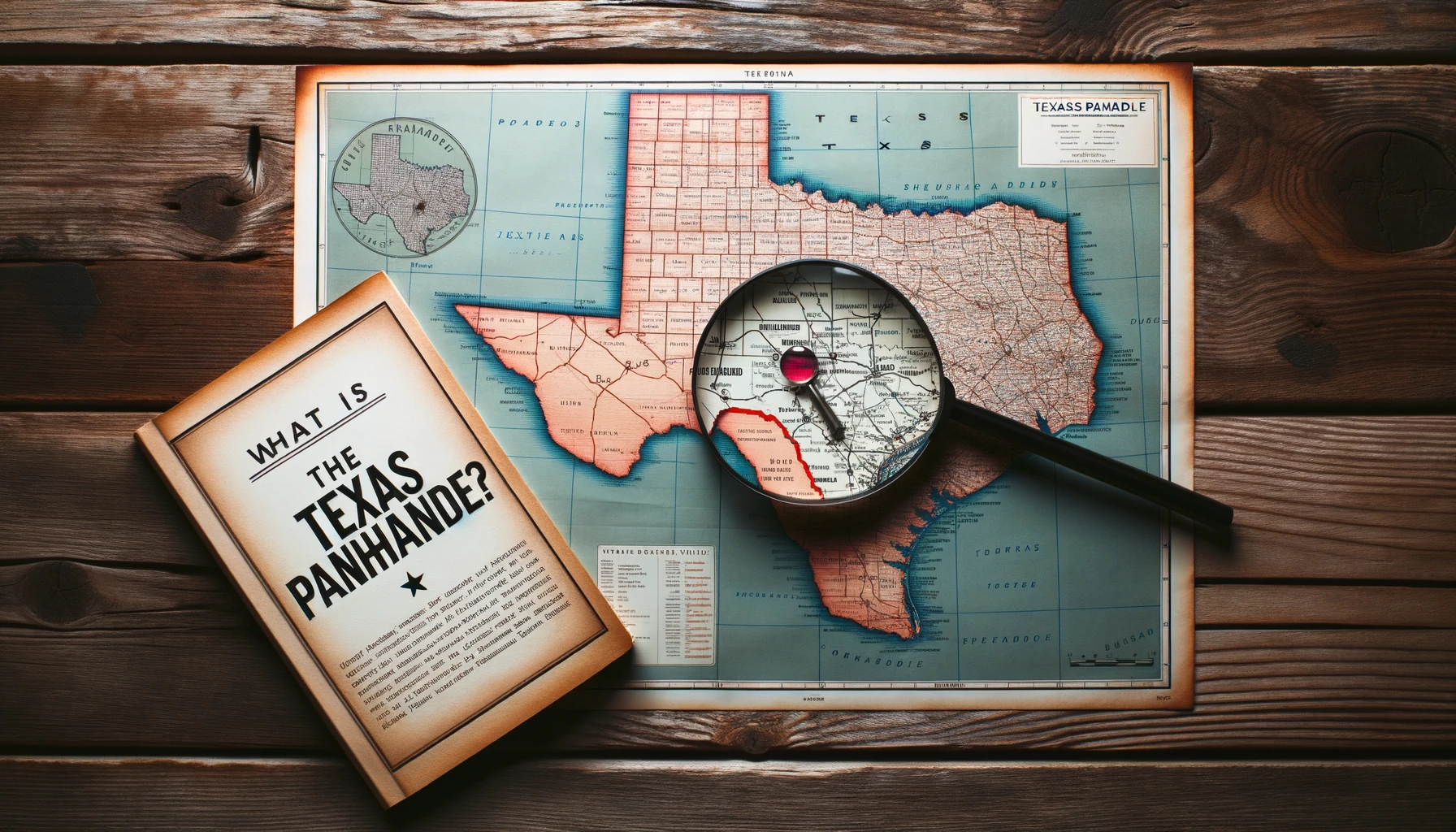We strive to provide you with authoritative, trustworthy, and expert advice. In doing so, the staff at texaswalkabout.com performs extensive research, editing, and fact checking to every post on this webiste. If you feel that this article can improve, please feel free to reach us at staff@texaswalkabout.com
If you want to move into a new location with incredible landscapes, supportive communities, and rich culture, then the Texas Panhandle is a considerable option. But what is Texas Panhandle?
The Texas Panhandle is far north of the Lone Star State, home to vast, grassy plains, magnificent canyons, and thriving wildlife.
Apart from its promising geography, the region boasts of its rich agriculture and energy industry.
When it comes to size, the Texas Panhandle has a land area of around 26,000 square miles, stretching from the New Mexican border in the west and the rest of Texas to the south and east.
The Texas Panhandle also boasts its rich culture and exciting history, where the region was once a settlement for Native Americans.
Let’s dive further into the region’s fascinating history, geography, and climate, as well as assess its living conditions and factors.
What Is Texas Panhandle’s Geography?
The Texas Panhandle is the northernmost region of Texas, covering 10% of the state’s entirety. Nicknamed “Staked Plains,” most of the region’s geography comprises grassy plains.
There’s no wonder why bison used to roam the area and have been a primary food source since prehistoric days.
On the other hand, the western and eastern areas of the region are embellished with rugged canyons and grand rivers, which are also major tourist attractions.
Meanwhile, the region is made up of 26 counties, and some of its distinguished cities are Amarillo, Abilene, Lubbock, and Wichita Falls.
Among the four, Amarillo is considered the center of commerce and healthcare. It also holds the biggest population in the region.
What is the History of the Texas Panhandle?
Texas Panhandle’s history is deeply rooted in frontier life and indigenous cultures. Here’s a timeline of the prominent points of Texas Panhandle’s thousand-year history.
Prehistoric Humans in Texas Panhandle
The first settlement in the region dates back to the Paleo-Indian period (approximately 12,000 years ago). The excavation of prehistoric evidence backs up this fact.
Remarkable artifacts, such as hunting weapons, proves the presence of humans during prehistoric times.
11th to 14th Century: The Antelope Creek People
According to the Bullock Texas State History Museum, the Antelope Creek people inhabited the region thousands of years later, between the 11th and 14th centuries.
They were the ancestors of Native Americans.
These people are also known for being excellent bison hunters and stone tool makers. They built pueblo-like villages and quarries too.
At the same time, the Antelope Creek people are notable for their practice of horticulture, where they sustainably cultivated crops, fruits, vegetables, and ornamental plants.
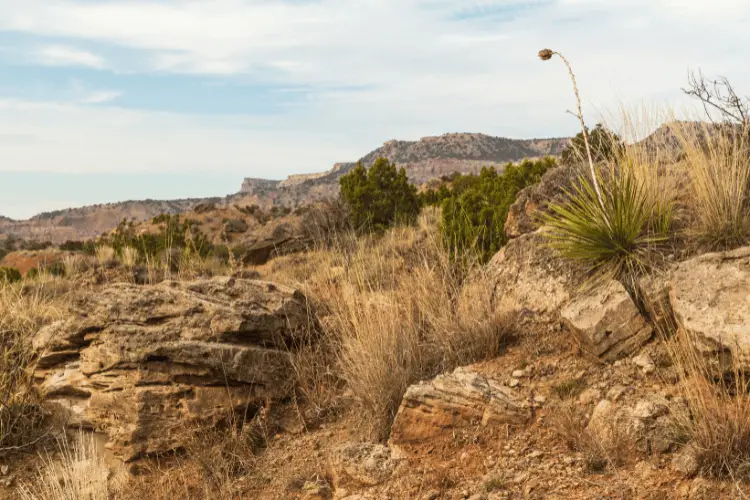
15th Century: The Coronado Expedition
On his quest for the golden cities of Quivira in the 1500s, Spanish explorer Francisco Vázquez de Coronado discovered the Texas Panhandle.
The Spaniards then called the nomads of the panhandle “Querechos.”
The nomads of the Panhandle from the 15th century were identified as the ancestors of the Apaches, the Indian tribe that dominated the region until the 17th century.
Through the expedition, the region was oriented towards the Hispanic Southwest via commerce and trade.
19th Century: The Red River War
In the late 1800s, a series of bloody wars (known as the Red River War) between the European Americans and the Native American tribes took place.
The war ended in the European American favor, and the natives were driven out of the plains and into the reservations.
With the Euro-Americans’ settlement in the region, rapid development was observed. Railroads were built, and oil was discovered, strengthening trade and commerce in the region.
What is the Culture Like in the Texas Panhandle?
The Texas Panhandle culture is remarkably diverse and vibrant. The region boasts cowboy and rodeo culture, ranching heritage, and country music.
Many of their annual festivals center on rodeo, dance, and music themes. Did you know renowned country music artists like Kevin Fowler came from the Texas Panhandle?
Meanwhile, the region is also home to sumptuous dishes you’ll love. Due to its Hispanic heritage, Texas Panhandle’s cuisine combines Mexican cooking with a touch of Southern.
Let’s learn more about the other cultural aspects of the region:
Art
People from the Texas Panhandle value art, and you’ll find many world-class art galleries and museums across the region. In fact, they celebrate an annual mural painting festival in the region’s major city, Amarillo.
Inside their museums are displays of traditional Western art installations, as well as contemporary American art. Some museums pay homage to prominent American art figures like Andy Warhol.
You can also find historical artworks from the region and other interesting installations by local artists.
Festivals and Celebrations
If you want to experience lively, loud, and colorful festivals, look no further. Here are a few celebrations you shouldn’t miss in the region:
1. Tri-State Fair and Rodeo
One of the most awaited festivals in the region, the Tri-State Fair and Rodeo is the most significant event annually, with over 100,000 visitors.
The weeklong fair and rodeo festival takes place in mid-September. People get to enjoy unique carnival rides and lots of food. Visitors are mostly thrilled to see horse riding competitions.
2. WRCA World Championship Ranch Rodeo
Watch real Cowboys and top ranch teams compete in this huge championship event. There’s also entertainment and expos to enjoy.
3. Cinco De Mayo Fajita Festival
An event full of live music and a Fajita cook-off contest, this lively festival is something kids and adults will enjoy.
Apart from these three, other festivals are dedicated to country artists, barbecue cook-offs, outdoor musicals, and endless rodeo celebrations!
People
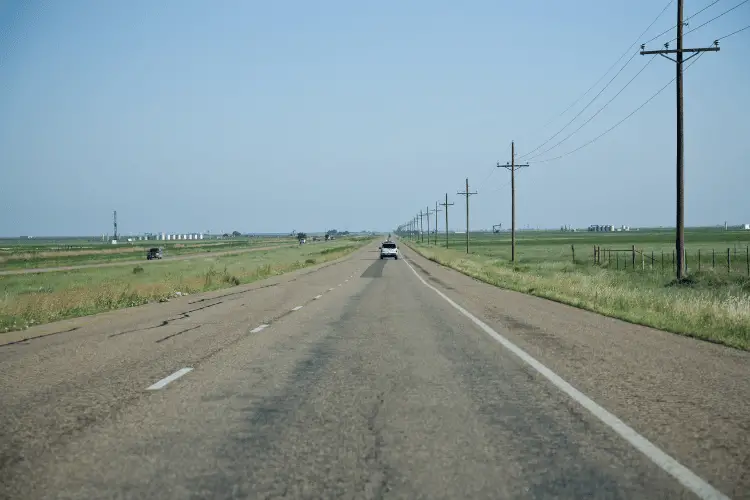
Texans are known for their friendly and warm nature, and the north is home to some of the best people in the state.
The Texas Panhandle is renowned for its close-knitted communities, and the locals are hospitable and friendly.
What are the Popular Destinations in the Texas Panhandle?
If you’re an outdoor adventurer, exploring the canyons is an activity you shouldn’t miss! Here’s a list of popular tourist destinations and activities you can enjoy in the region:
1. Palo Duro Canyon
America’s second-largest canyon, Palo Duro Canyon, has picturesque landscapes and breathtaking valleys. The grand view is undoubtedly worth the sweaty hike.
2. World Class Museums in Amarillo
If you’re artistic, visit the Amarillo Museum of Art or Texas Air and Space Museum to marvel at timeless art installations.
3. Explore the Storybook Capital of America
Abilene caters the region’s most historical museums, like the Grace Museum and Frontier Texas. There are also zoos and children’s parks that even kids at heart will love.
Apart from these locations, there are more magnificent places to find, like waterfalls and lakes. Don’t miss out on activities like mountain biking, horseback riding, and camping.
How Big is the Texas Panhandle’s Population?
The Texas Panhandle houses nearly 2% of the entire Texan population. According to the Texas Association of Regional Councils, the region has a sparse population with over 400,000 residents.
The region’s biggest city, Amarillio, has over 200,000 inhabitants, which is more than half of the region’s entire population.
Meanwhile, here’s a list of the 26 Texas Panhandle counties and their respective population size according to 2022 data from the United States Census Bureau:
- Armstrong: 1,850
- Briscoe: 1,431
- Carson: 5,784
- Castro: 7,376
- Childress: 6,666
- Collingsworth: 2,648
- Dallam: 7,121
- Deaf Smith: 18,377
- Donley: 3,261
- Gray: 21,227
- Hall: 2,817
- Hansford: 5,281
- Hartley: 5,376
- Hemphill: 3,383
- Hutchinson: 20,614
- Lipscomb: 2,854
- Moore: 20,996
- Ochiltree: 9,606
- Oldham: 1,759
- Parmer: 9,871
- Potter: 115,645
- Randall: 140,761
- Roberts: 803
- Sherman: 45,264
- Swisher: 6,971
- Wheeler: 4,987
What are the Major Industries in the Texas Panhandle?
Let’s take a closer look at the major economic drivers of the region:
1. Agriculture and Livestock
With around 14 million acres of agricultural land, the region produces various crops, including corn, wheat, and cotton.
Lubbock County produces almost 60% of cotton for the entire Texan state. However, the industry is facing a decline due to drought.
On the other hand, the region is considered one of the largest meat-packing regions in the US, with almost 28% of fed cattle in the entire country situated in the Panhandle region.
2. Energy
Texas is known as a leader in the renewable energy industry, generating over 130,000 gigawatt-hour (mainly from wind) in 2022, with the Texas panhandle region being a major contributor of wind energy across the state.
3. Defense Industry
The defense industry is one of the economic contributors to the region. It’s one of the industries that offer high-paying skill-based jobs.
The city of Amarillo is home to some defense manufacturing companies like Pantex. Earlier in 2023, Albers Aerospace announced their expansion in the Panhandle city too.
Why Do They Call It the Panhandle in Texas?
By definition, panhandle refers to a narrow land area that’s part of a bigger place or a state. We can notice how the Texas Panhandle protrudes from the northern part of Texas.
Interestingly, there are nine other panhandle regions in the United States that appear as narrow protrusions of their respective states.
The map location of the region can be part of why it’s named that way too.
According to the Texas Parks and Wildlife, if we’re going to take a look at its appearance on the map, we can see its uncanny resemblance with a panhandle. The rest of Texas looks like the pan’s body.
Is the Texas Panhandle a Good Place to Live?
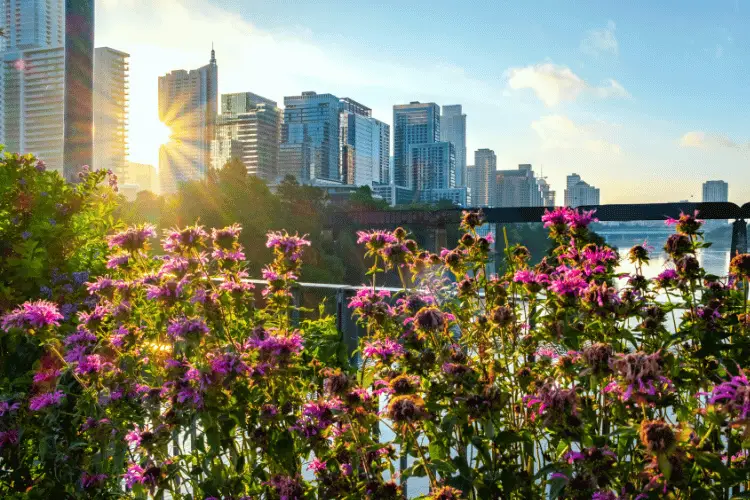
If you’re not a huge fan of bustling streets and towering buildings, the Texas Panhandle might be your haven.
Home to many rural counties and known for its affordable living costs, the region can be an amicable settlement for families or professionals.
However, there are some factors we should consider, like safety, cost of living, job opportunities, and climate.
Climate and Weather
The semi-arid region experiences four seasons. It has an average rainfall of 18 to 28 inches per year, with the eastern side receiving more rainfall than the rest of the region.
It’s also one of the windiest regions in the country, especially in Amarillo, where wind speeds can be above average.
Crime Rates
The region’s major cities, Amarillo and Lubbock, record high crime rates above the US average. Lubbock, for example, has a violent crime rate of 46.4 which is higher than the 22.7 US average.
On the other hand, crime rates for Canyon City are much lower than the national average. The city records 13.1 violent crimes only. The cities of Perryton and Dumas have below-average crime rates too.
Healthcare
Regarding healthcare, the city of Amarillo delivers the finest healthcare services in the entire region. It houses the Northwest Texas Healthcare System and the Texas Tech University Health Sciences Center.
The region also houses specialized institutions and medical centers like the Harrington Cancer and Health Foundation.
Education
The rural education system in the region is facing challenges in accessing quality education, and insufficient funding is one of the causes.
A study by Adam Hobdy Weiss explores the inequities of funding in Texas Panhandle schools, whereas funding supports are significantly influenced by race and linguistic compositions.
On the bright side, the region boasts some noteworthy tertiary institutions like Texas Tech University, which ranked 70 on Forbes’ Top Colleges of 2022.
Cost of Living
The living costs are lower than the US national average for most Texas Panhandle cities, including Amarillo. The cost of living in the said city is 22% lower than the national average.
Job Opportunities
The cities of the Texas Panhandle have low unemployment rates, with many employment opportunities.
With its growing economy, sectors like energy, defense, construction, and agriculture are seeing increased employment, especially in Amarillo.
The Amarillo Economic Development Corporation forecasts a steady increase in job opportunities due to large employers extending in the region; thanks to its diverse industries.
Is the Texas Panhandle Considered West Texas?
The Texas Panhandle region may have similar cultures, terrains, and climates to the western side, but it’s an independent region.
West Texas is just below the panhandle region, covering around 40,000 square miles.
What Aquifer Is in the Panhandle of Texas?
One of the country’s major aquifers is located in the Panhandle plains.
The Ogallala Aquifer supplies water to millions of Americans across the country, as the aquifer lies under eight states, according to the United States Geological Survey.
The aquifer measures 175,000 square miles. Unfortunately, the massive water source faces threats of depletion.
Furthermore, 92% of the Texas Panhandle’s water needs are sourced from the Ogallala aquifer.
It’s also the primary water source for farming communities across many states—30% of the country’s irrigation systems source water from the Ogallala aquifer.
Other aquifers lying in the region are Seymour and Edward-Trinity.
Conclusion
The Texas Panhandle is the northernmost region of Texas with a semi-arid climate. Its Native American and Hispanic roots heavily influence its history and culture.
The region has a population of over 400,000. Its major industries include agriculture and energy. It also has livable cities with low living costs and below-average crime rates.
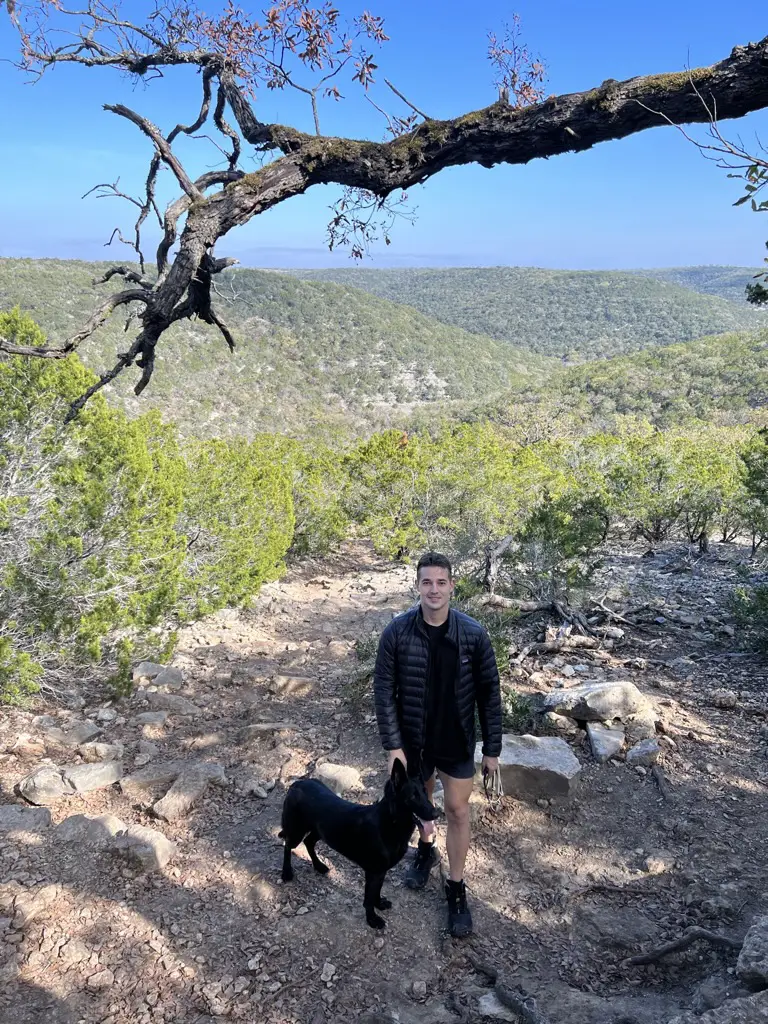
Robert is a native Texan writer for TexasWalkabout, passionate about Texas culture and food, wearing cowboy boots daily. He interviews local pitmasters and chefs, tastes and reviews innovative dishes, and explores hidden gems and iconic landmarks. Graduating magna cum laude in Cyber Security from the University of Texas at San Antonio, Robert excels academically and professionally while also being knowledgeable in Texas history and culture. After living in Texas for over 28 years, he provides first-hand and trustworthy information for all your Texas needs!

